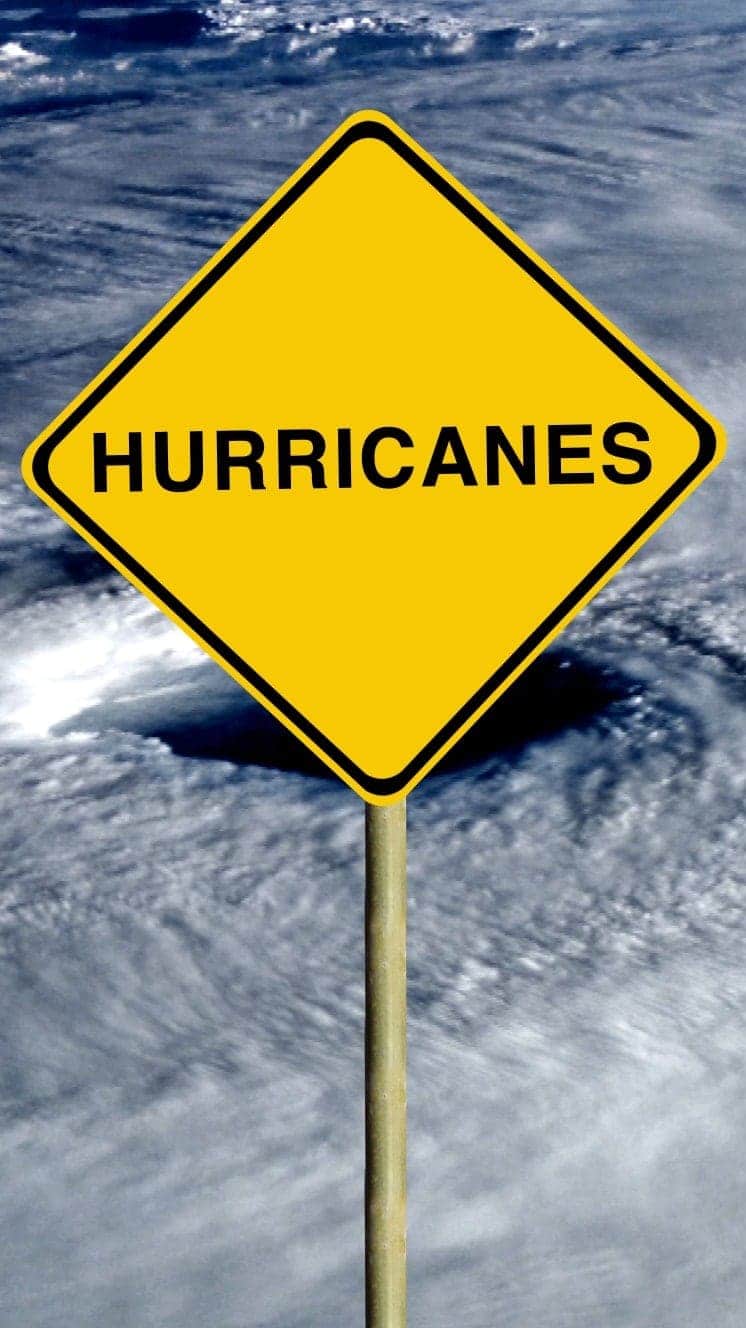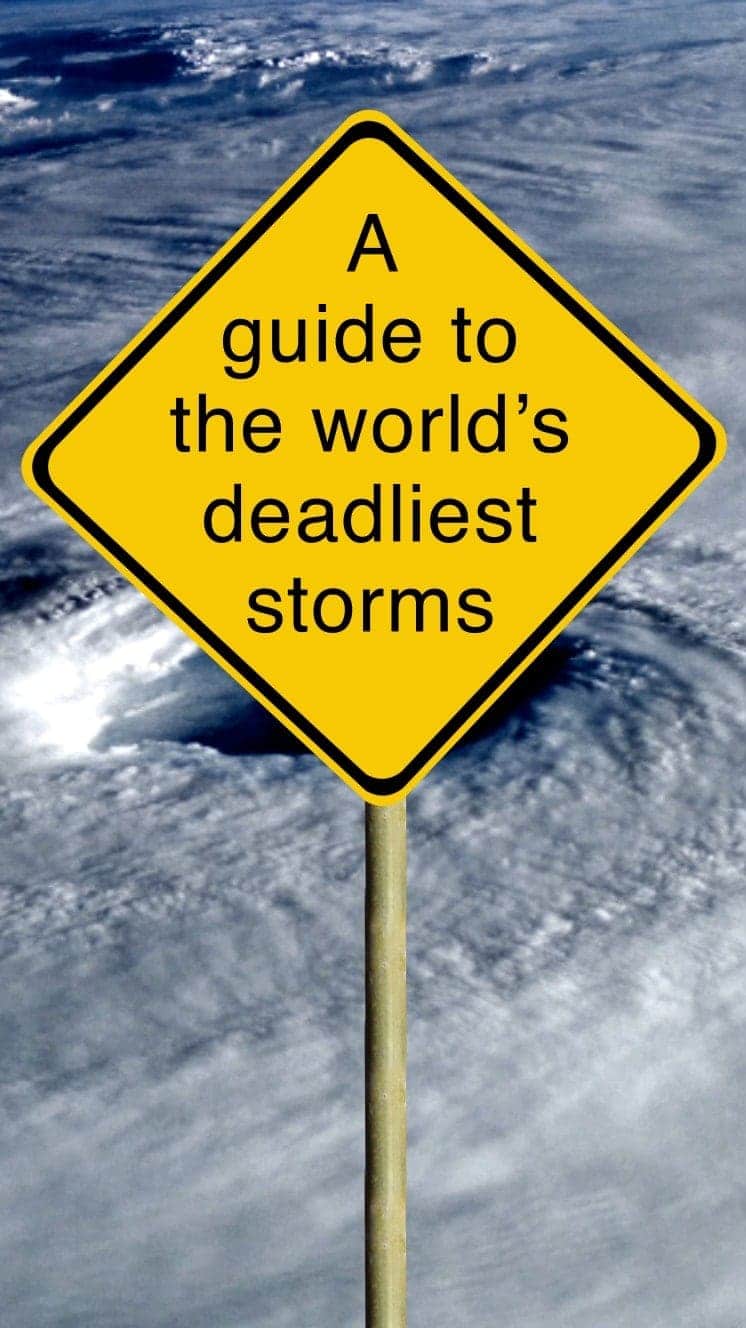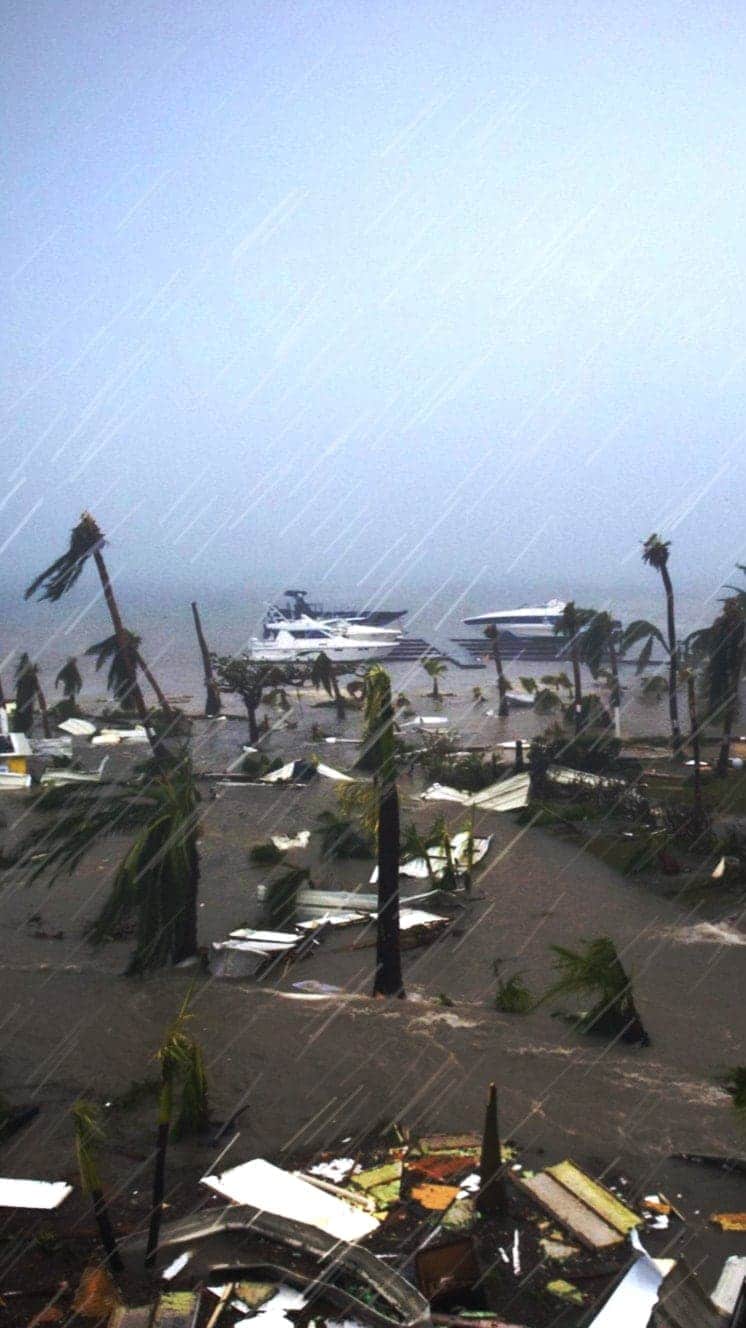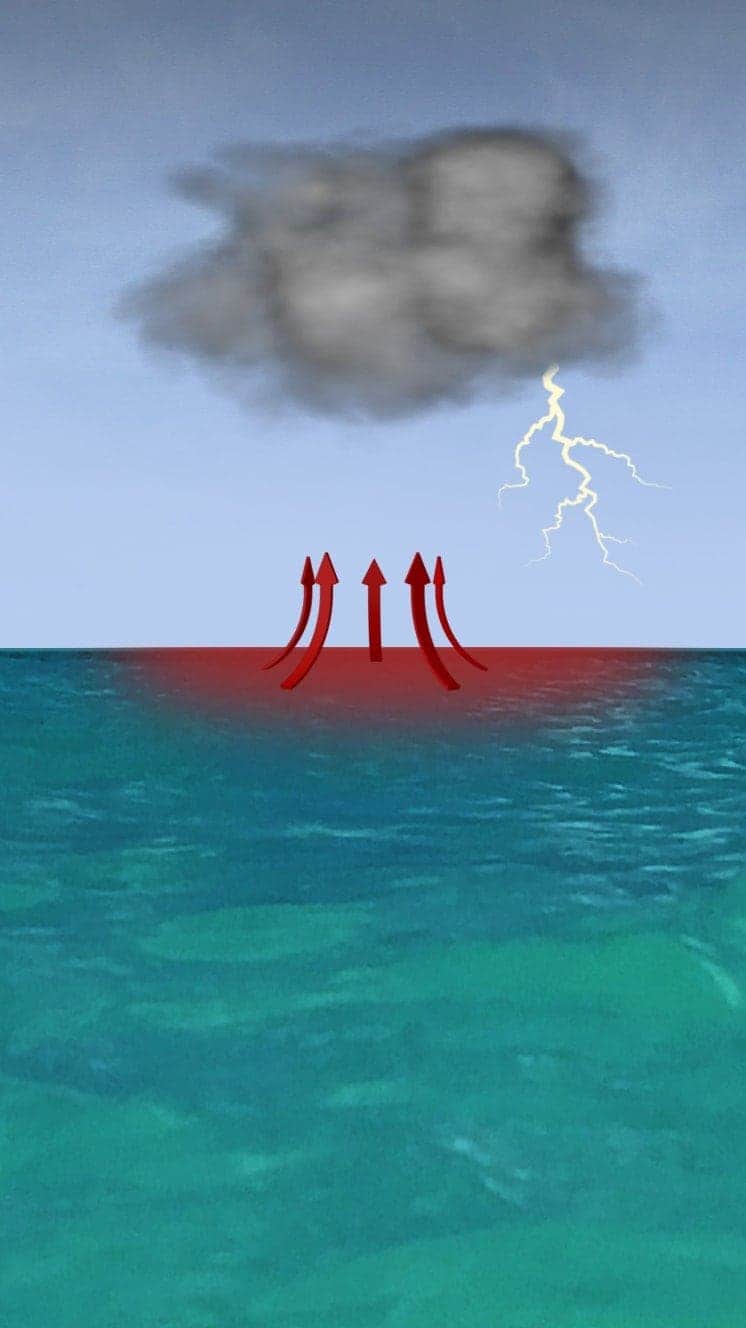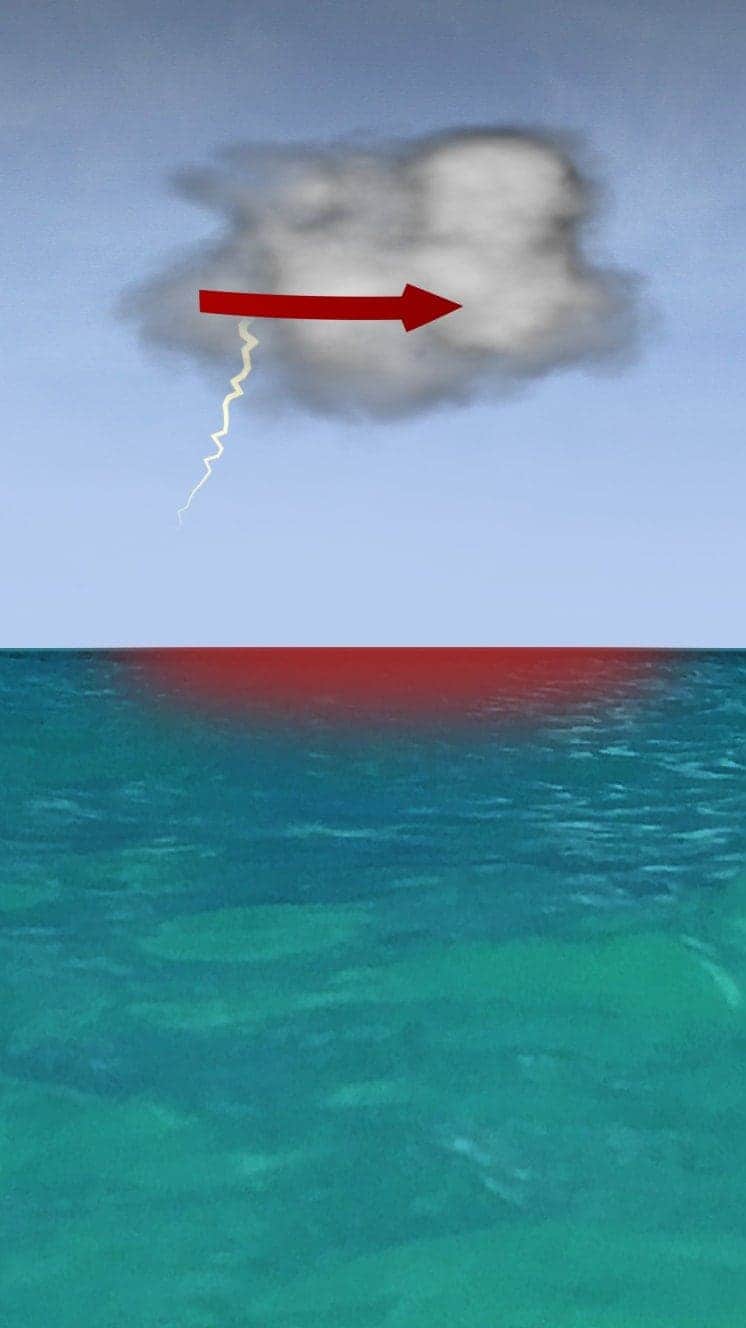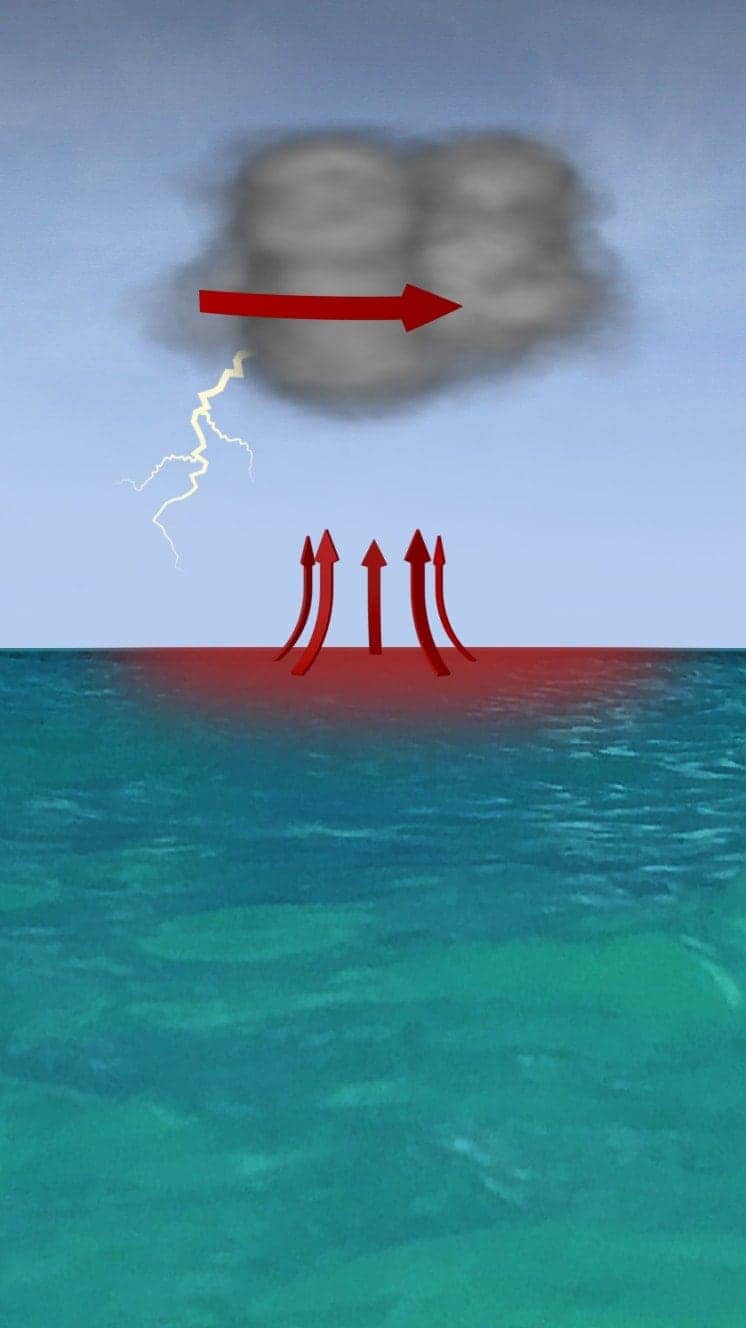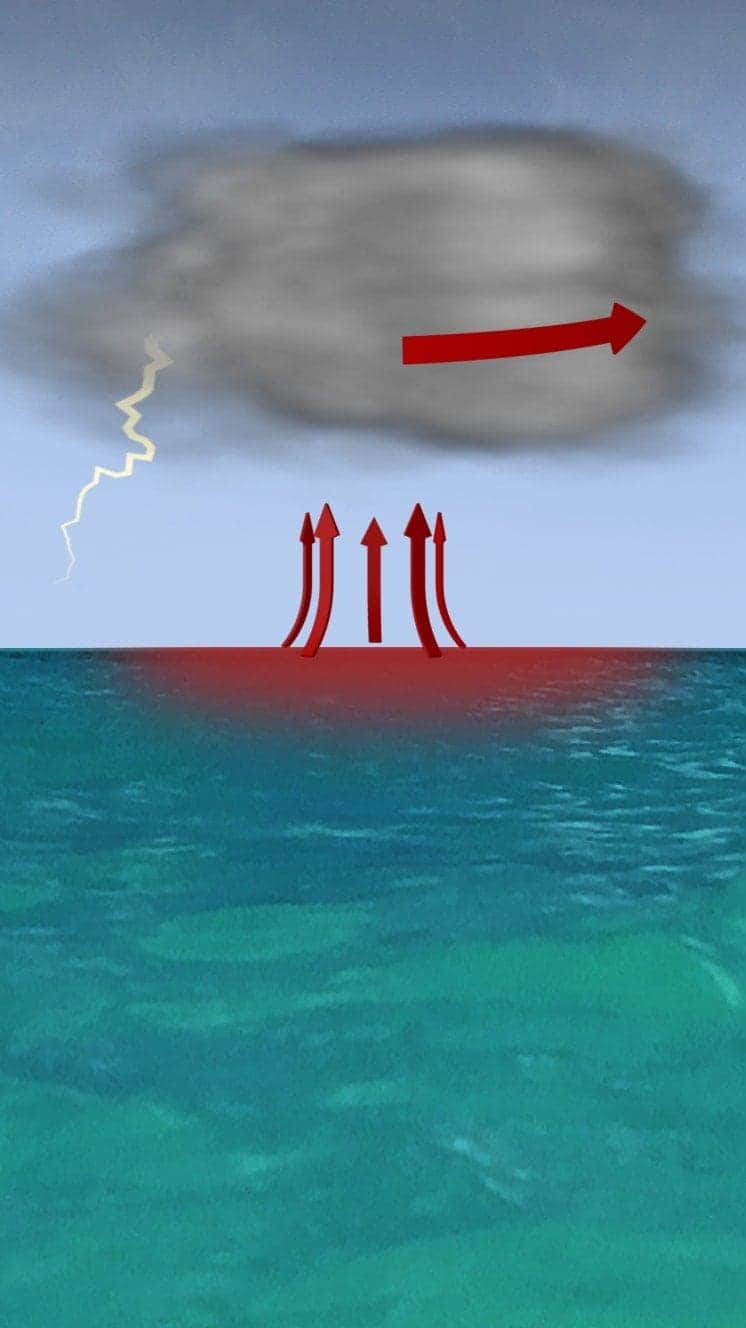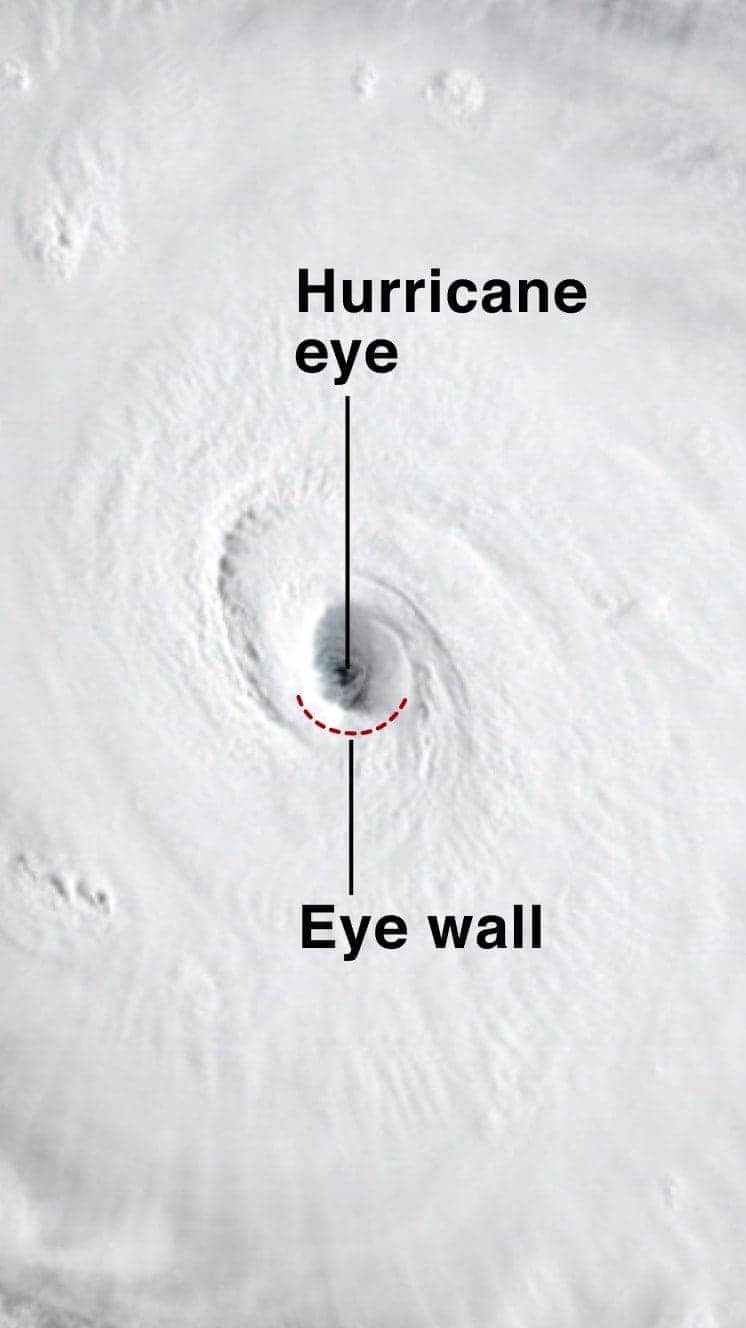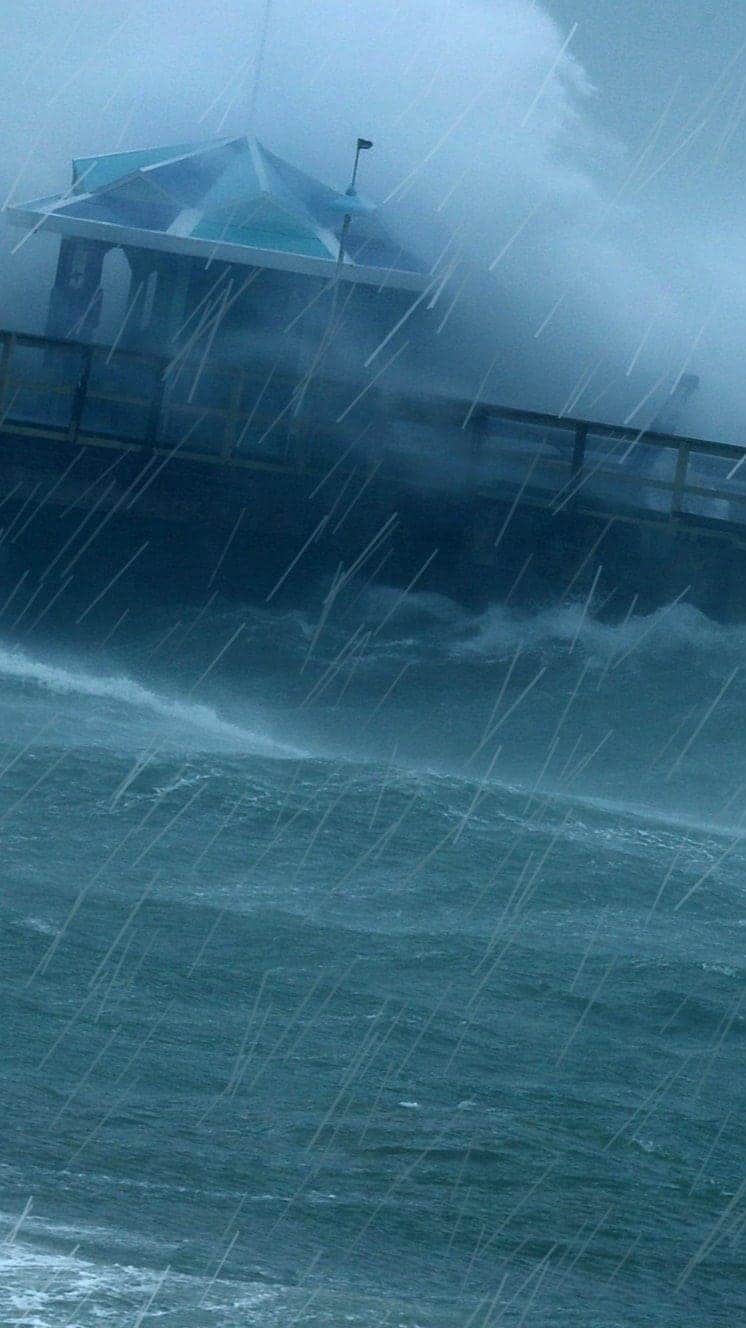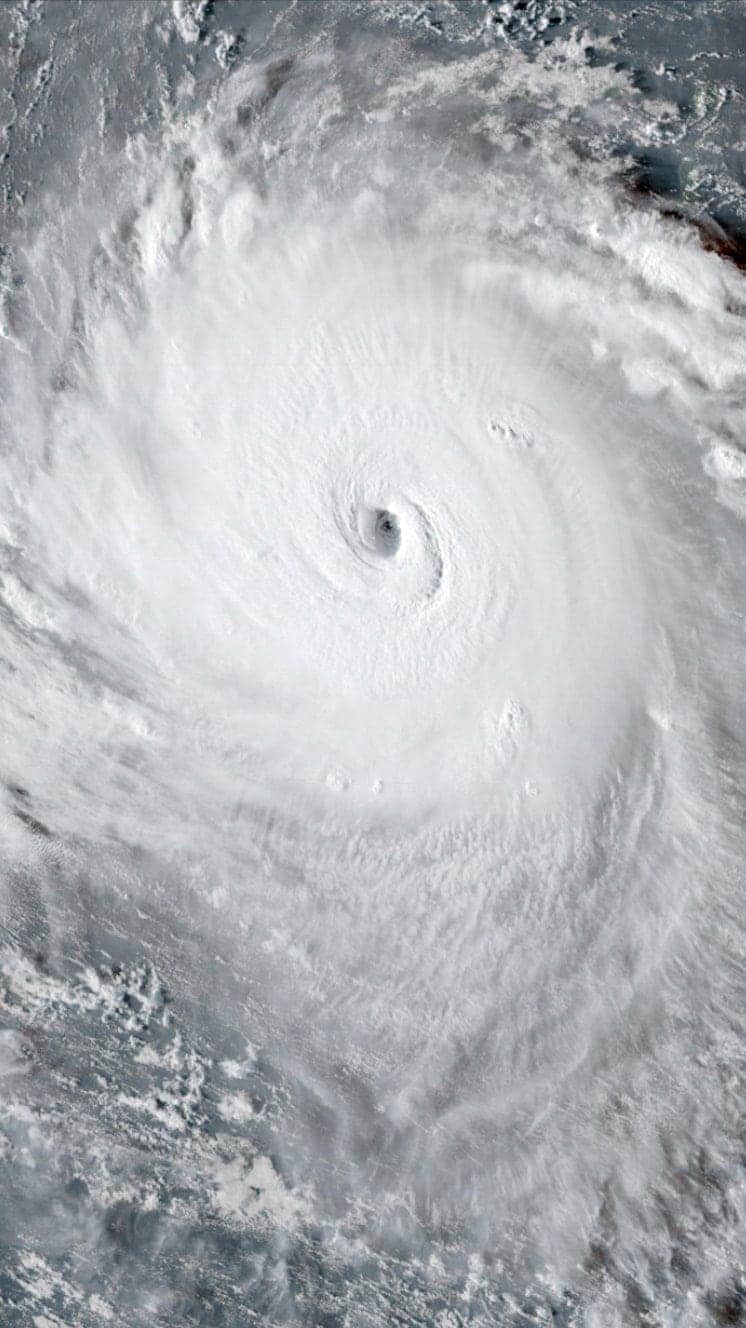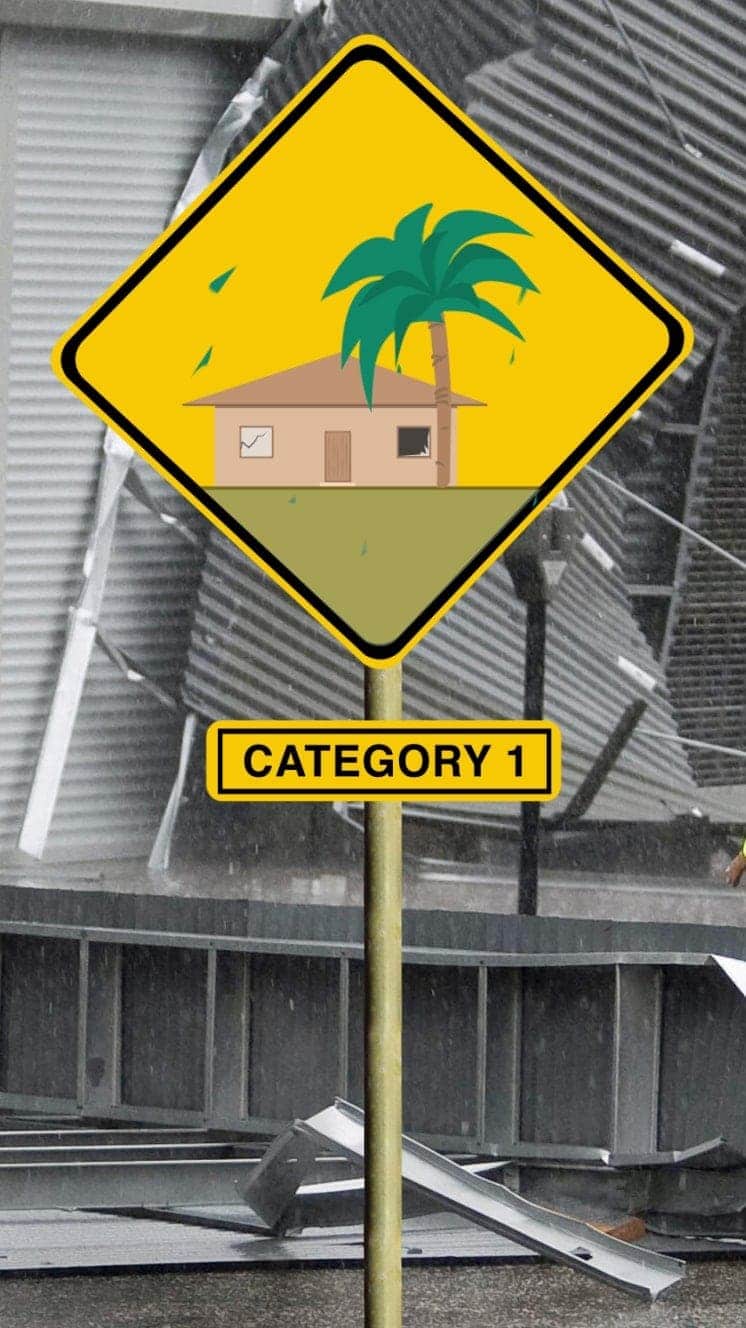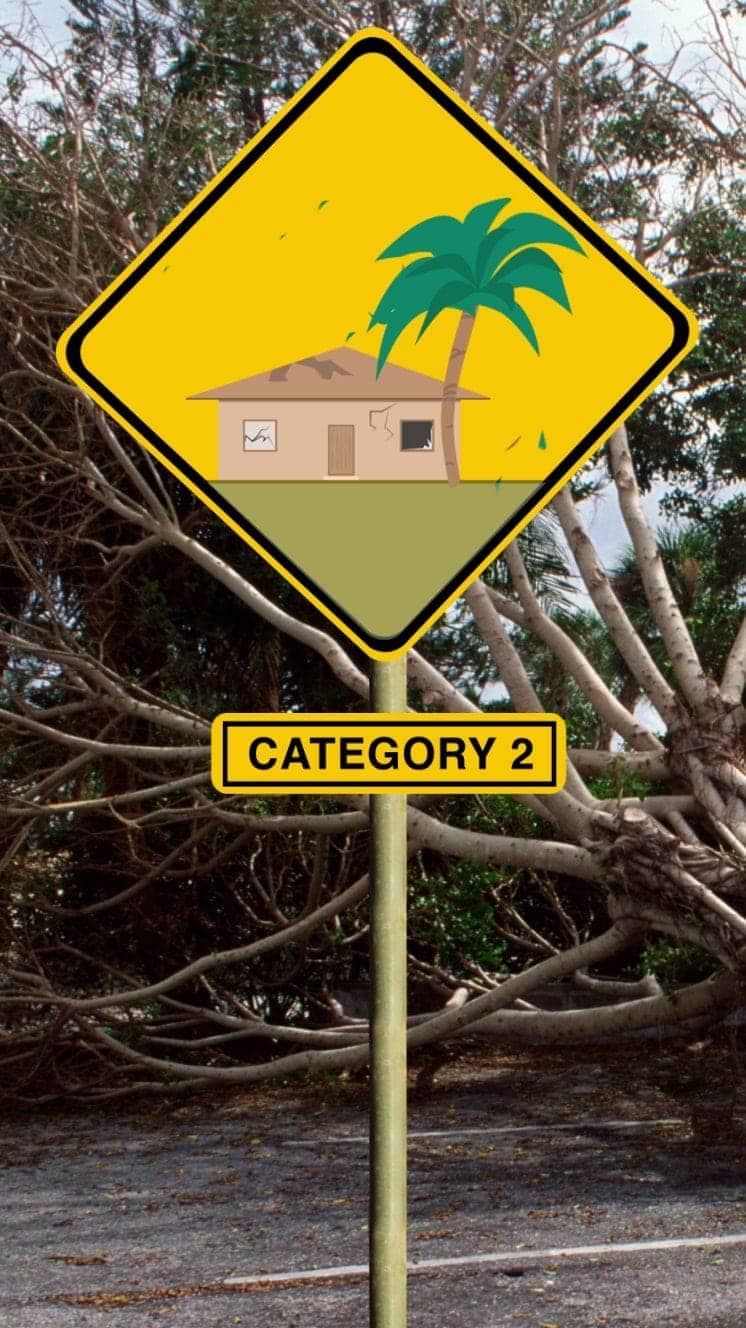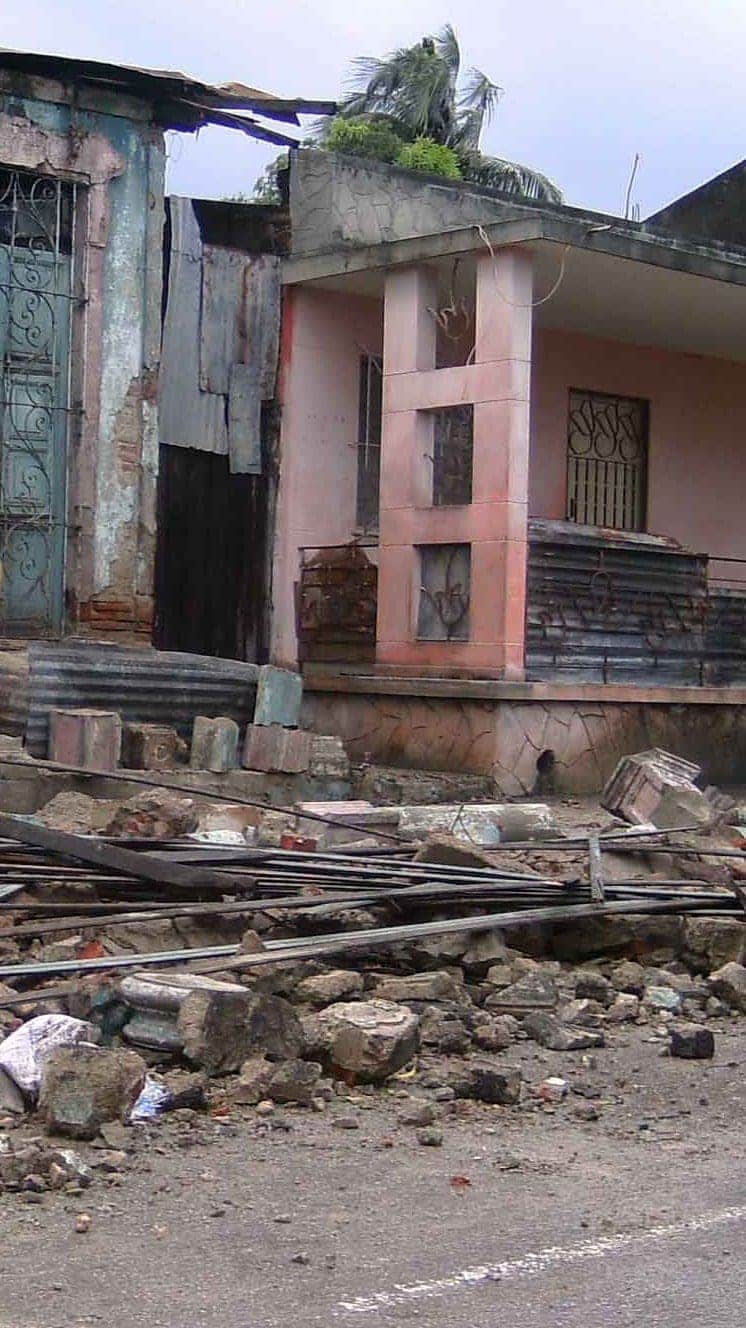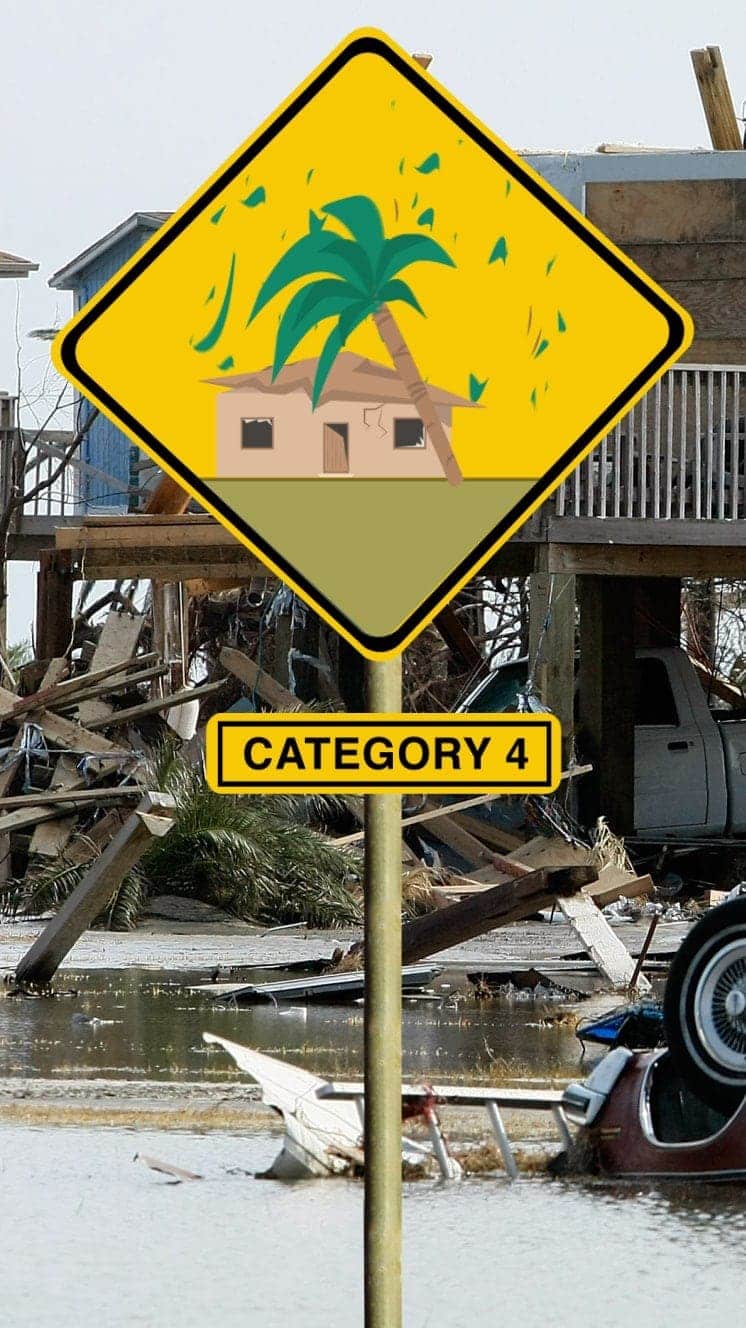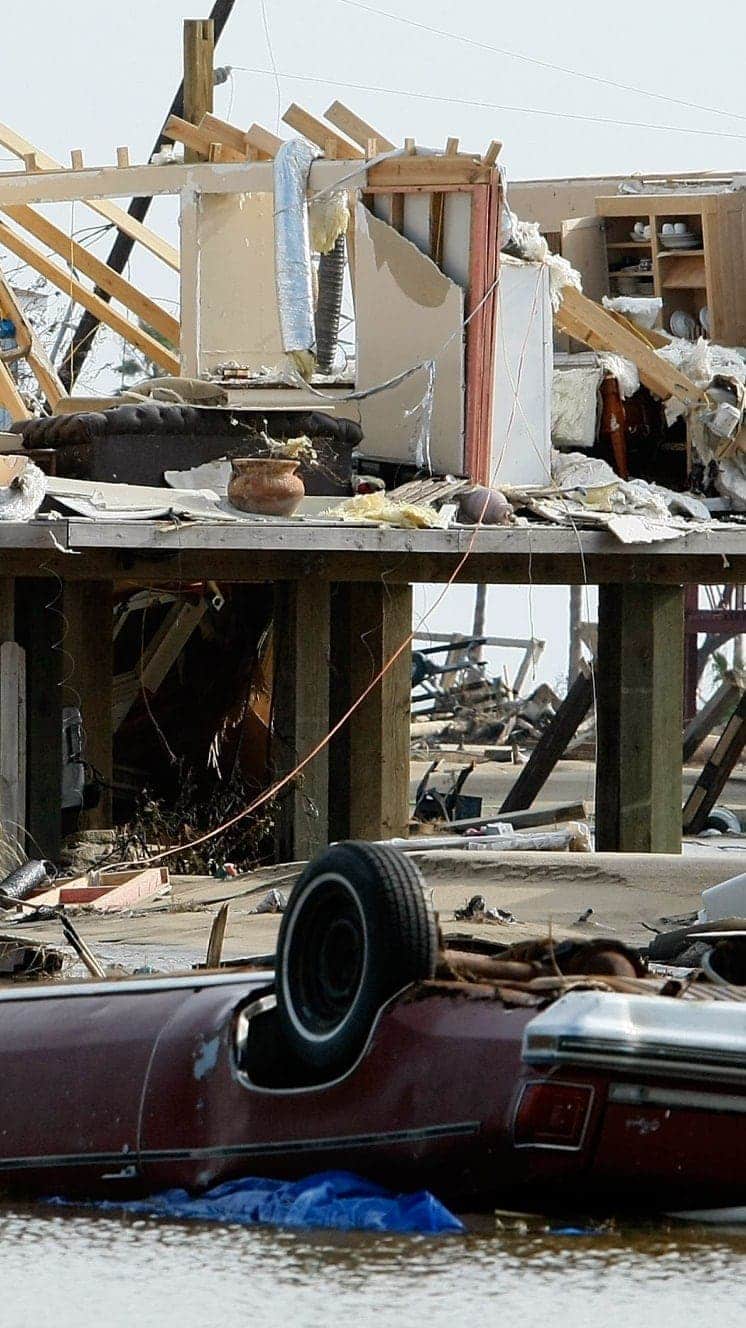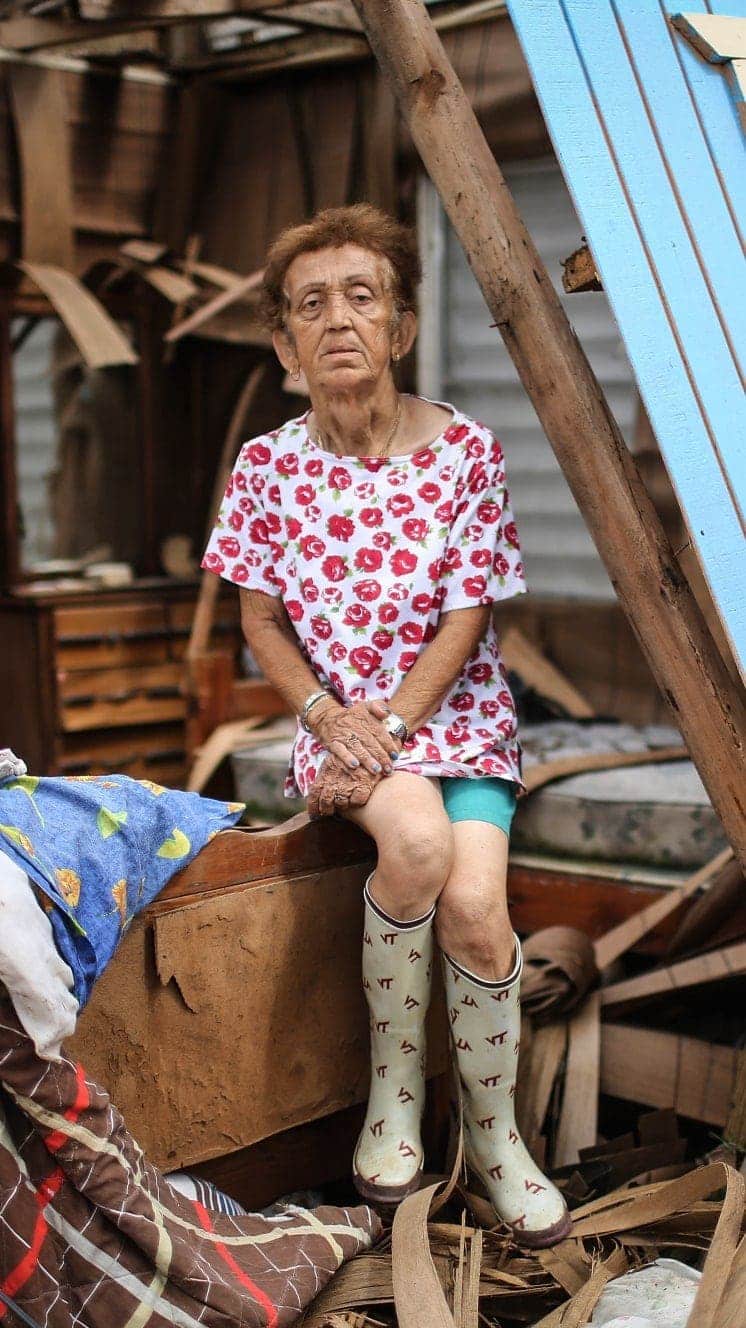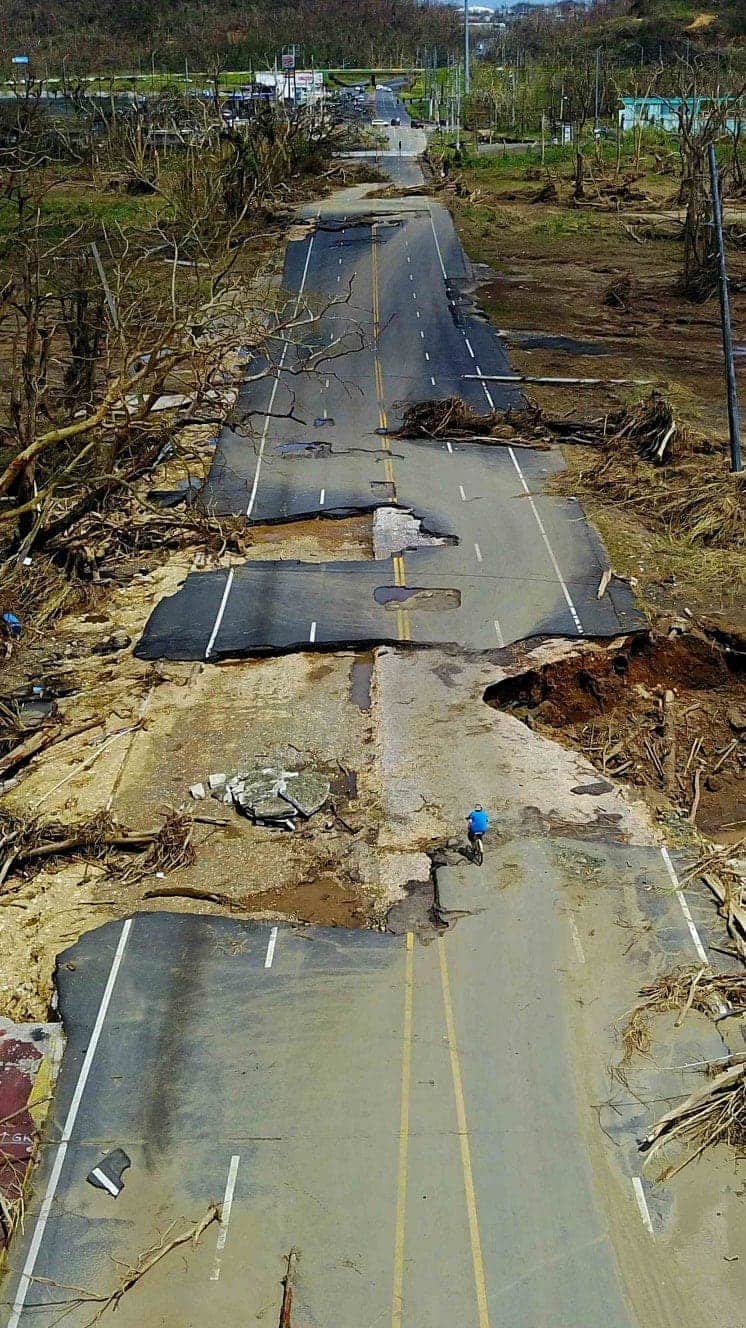Typhoon Mangkhut: South China battered by deadly storm
- Published
Typhoon Mangkhut moved from the Philippines to Hong Kong
A powerful storm which killed dozens of people in the Philippines is now making its way across southern China.
Typhoon Mangkhut is one of the most powerful storms to hit the region in decades.
Two people have been killed in the Chinese province of Guangdong, according to state media - more than 2.5 million people have been evacuated in Guangdong and on Hainan island.
In Hong Kong, the storm wrecked buildings and shut down the city.
The typhoon is now moving inland, and is expected to hit the Chinese regions of Guizhou, Chongqing and Yunnan later in the day.
In the Philippines, 33 miners have been confirmed dead and at least 29 are missing after a landslide hit a mining site in Itogon in Benguet province, according to local reports.
Search and rescue missions are continuing, and there are fears the death toll could rise above 100, said Itogon's mayor, Victorio Palangdan.
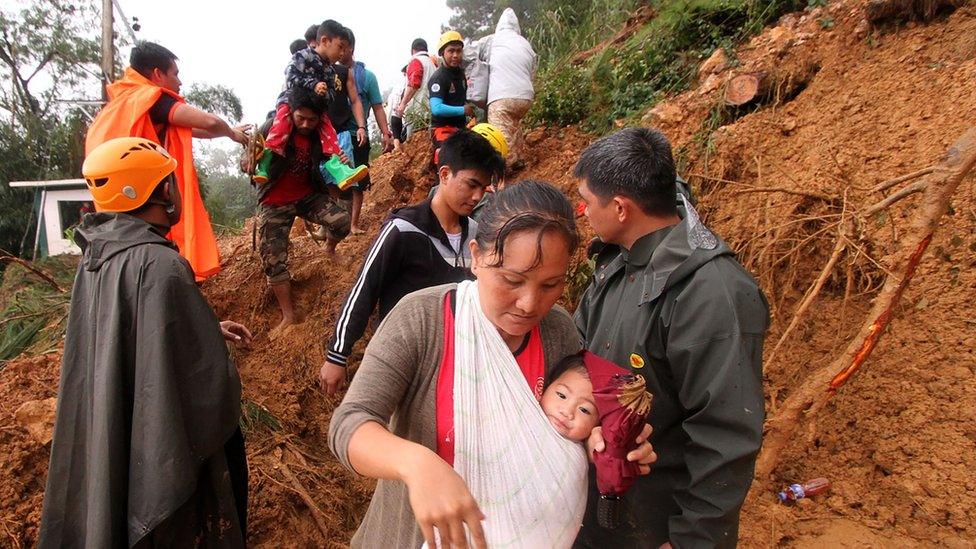
Families move to safer ground after landslides hit Itogon town in Benguet province
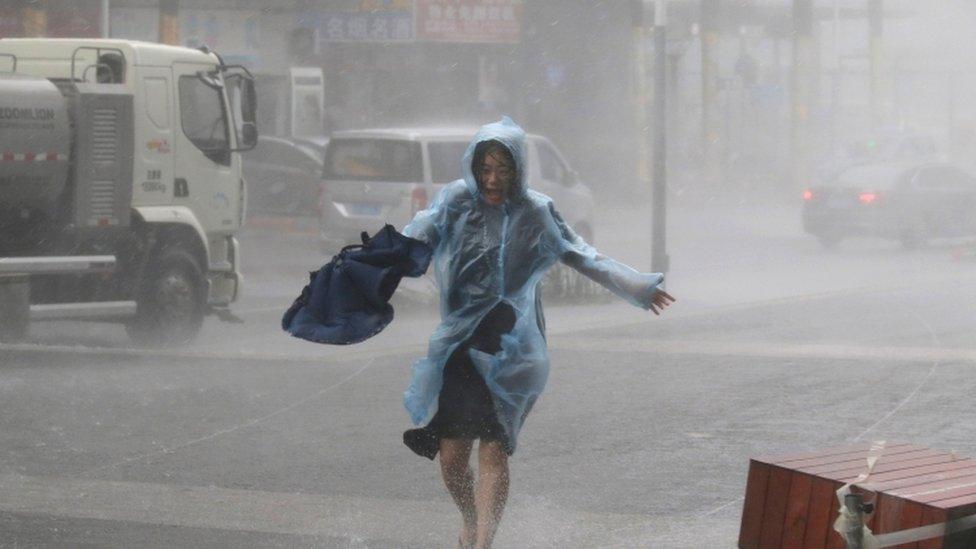
People caught outside as the worst of the storm approached were photographed overwhelmed by conditions
In Hong Kong, which was hit hard over the weekend, videos on social media showed apartments swaying in the wind, scaffolding crashing to the ground and commercial buildings with windows shattered.
Transport services have also been suspended, with flights cancelled, trains stopped and major roads closed.
Allow X content?
This article contains content provided by X. We ask for your permission before anything is loaded, as they may be using cookies and other technologies. You may want to read X’s cookie policy, external and privacy policy, external before accepting. To view this content choose ‘accept and continue’.

Allow X content?
This article contains content provided by X. We ask for your permission before anything is loaded, as they may be using cookies and other technologies. You may want to read X’s cookie policy, external and privacy policy, external before accepting. To view this content choose ‘accept and continue’.

The city managed to avoid serious casualties but now faces a difficult recovery as thousands still remain affected by flooding and travel disruptions.
Allow X content?
This article contains content provided by X. We ask for your permission before anything is loaded, as they may be using cookies and other technologies. You may want to read X’s cookie policy, external and privacy policy, external before accepting. To view this content choose ‘accept and continue’.

Mangkhut is expected to gradually weaken into a tropical depression by Tuesday as it continues to move inland.
How has China been affected?
Typhoon Mangkhut made landfall on the Chinese coast, external near Jiangmen city on Sunday afternoon.
Officials put the number of injured in Hong Kong at more than 200.
Despite avoiding a direct hit, winds there reached more than 110mph and as water levels surged by almost 3.5m (12ft) in places.
Authorities had issued their maximum alert, warning residents to stay indoors and away from windows to avoid flying debris.


Most shops and public services were shut, and about 900 flights were cancelled at Hong Kong International Airport.
A resident living in a high-rise in the city told Reuters news agency she could feel her building swaying in the storm.
"It swayed for quite a long time, at least two hours," Elaine Wong said. "It made me feel so dizzy."
In neighbouring Macau, for the first time in its history, the territory's famous casinos were ordered to close.
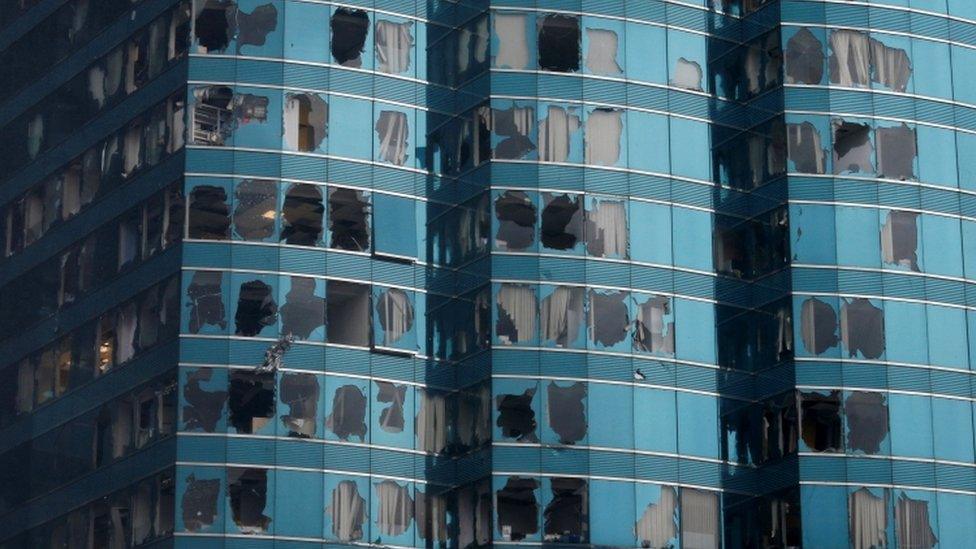
The heavy winds smashed in windows in some Hong Kong high-rises
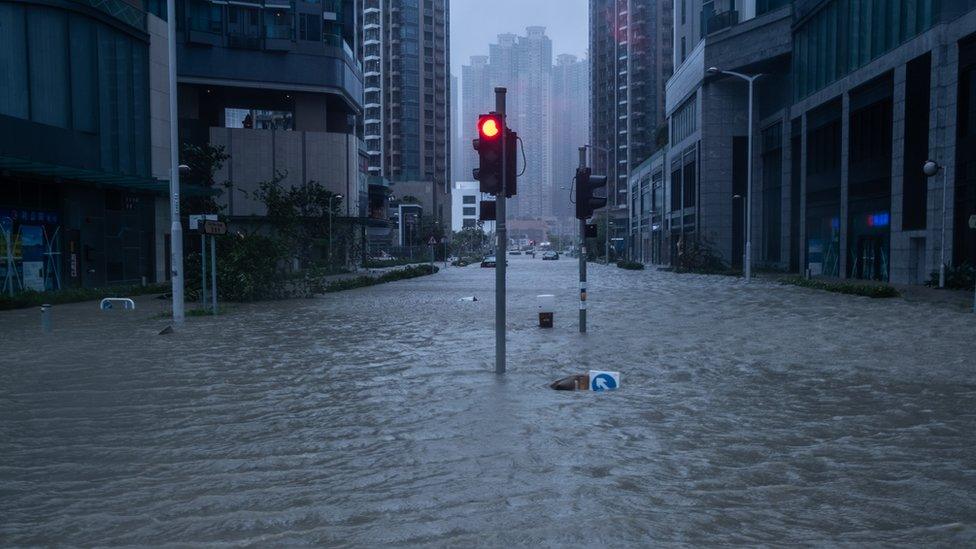
Downtown roads were pictured deluged with water, stranding vehicles
How about the Philippines?
The storm ploughed across the main Philippine island of Luzon over the weekend.
Most of the deaths there were caused by landslides, government officials say. Dozens of people are still missing after the storm, which is being called Ompong locally.
In the mining town of Itogon, at least 33 miners died after being buried under a landslide.
Typhoon Mangkhut has destroyed more than 750 buildings in this town in the Philippines.
Itogon Mayor Victorio Palangdan told news wire AP that dozens of miners and their families had rushed into an old bunkhouse - that had been turned into a chapel - for refuge when the typhoon hit.
The building was later wiped out by landslides.
"They thought they were really safe there," said Mr Palangdan., external
Allow X content?
This article contains content provided by X. We ask for your permission before anything is loaded, as they may be using cookies and other technologies. You may want to read X’s cookie policy, external and privacy policy, external before accepting. To view this content choose ‘accept and continue’.

The BBC's Howard Johnson in the Philippines described a trail of destruction along the northern coast of Luzon with forests ripped to shreds and electricity poles felled.

Philippine President Rodrigo Duterte visited the badly affected area of Tuguegarao on Sunday
There is also concern over the economic cost of the typhoon, which has caused extensive damage to farmland in Cagayan, a key agricultural province.
Francis Tolentino, a political adviser to President Rodrigo Duterte, told the BBC that he estimated only a fifth of produce there had been harvested in advance - threatening staples like rice and corn.
Preparation and evacuation procedures have improved since Super Typhoon Haiyan in 2013 which killed more than 7,000 people.
Warnings were issued, travel was restricted, schools shut and the army was put on standby in advance.



- Published15 September 2018
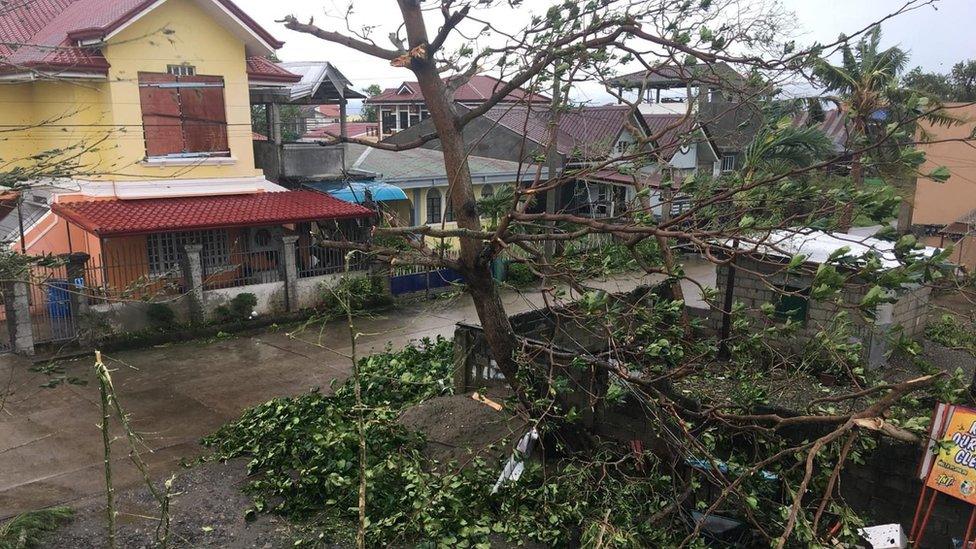
- Published16 September 2018

- Published16 September 2018
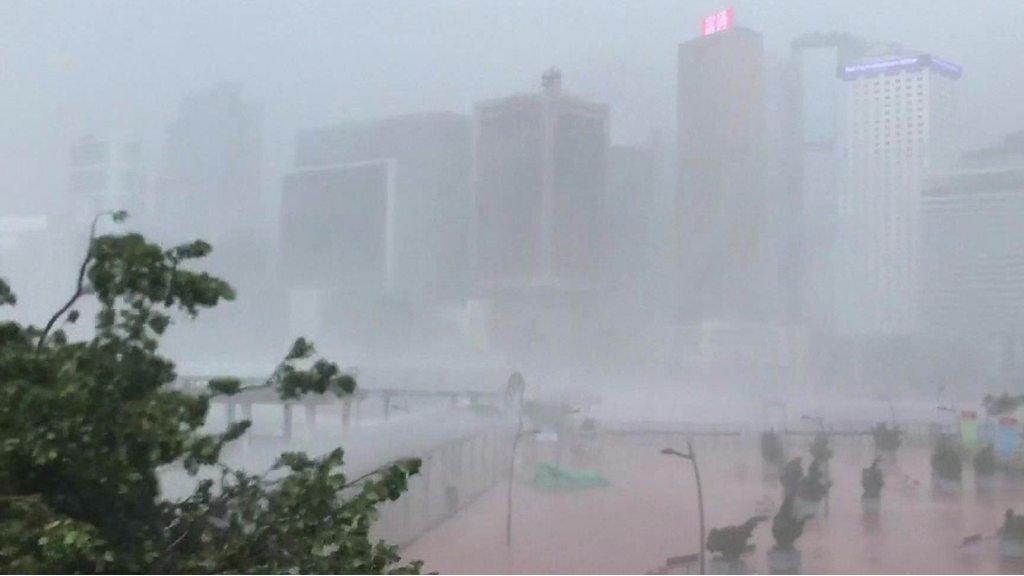
- Published16 September 2018
